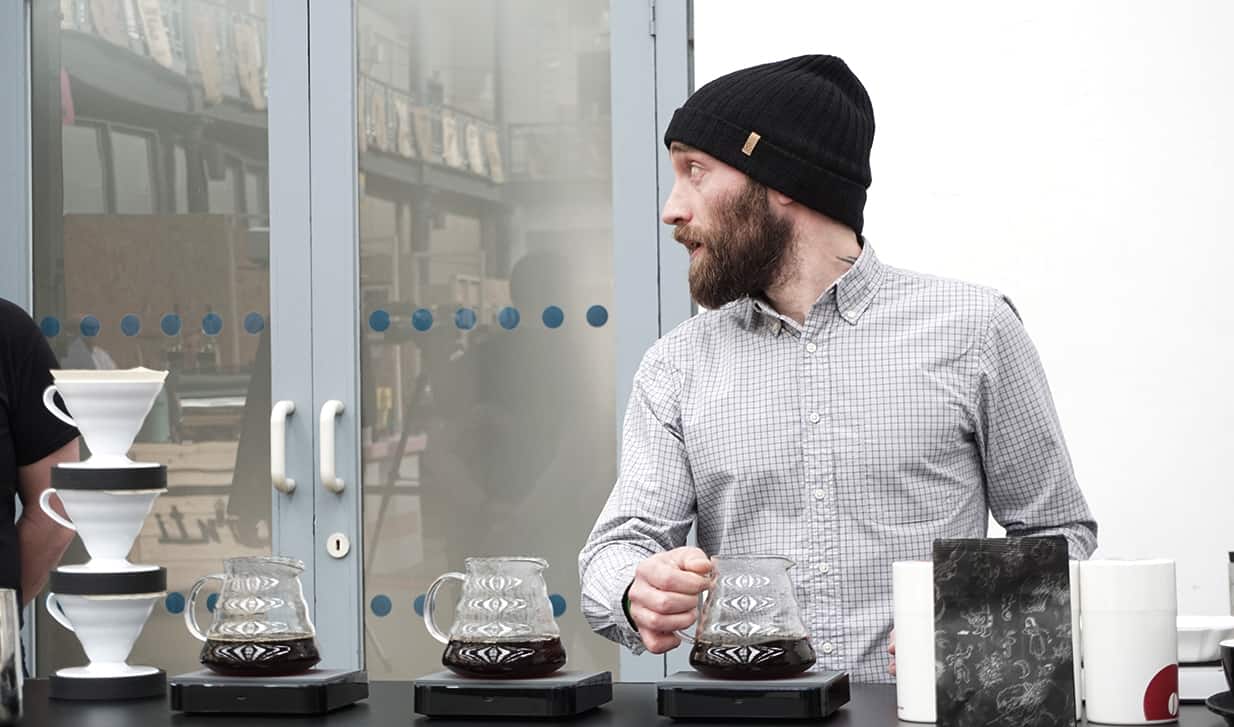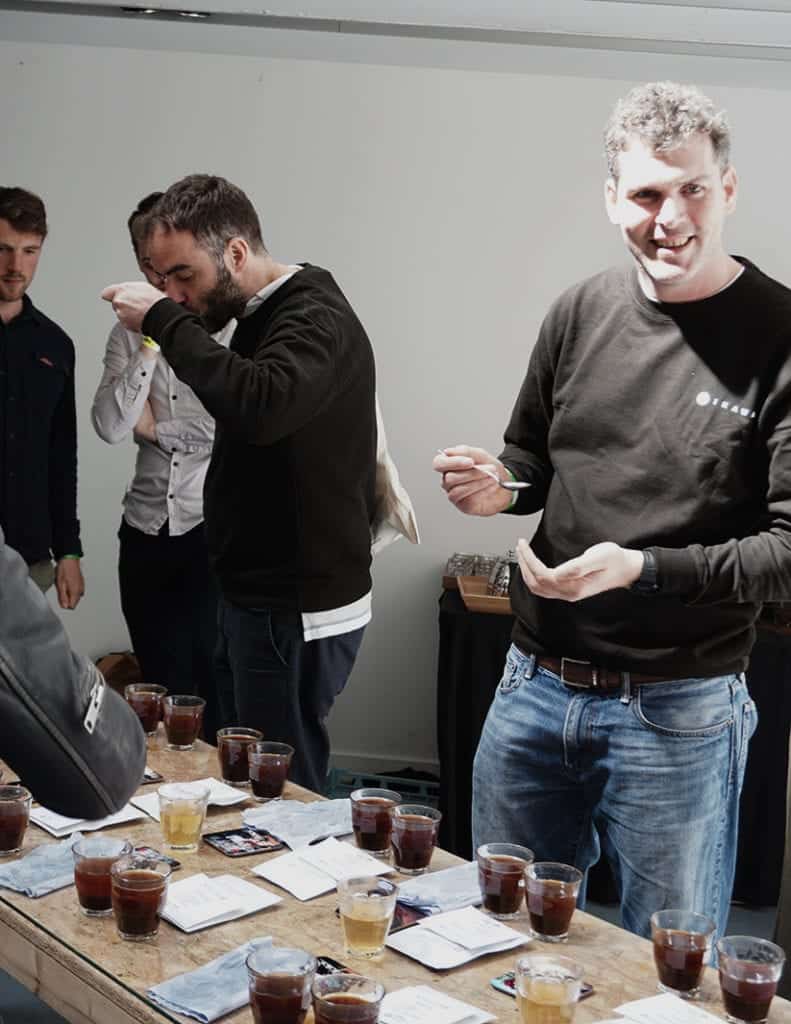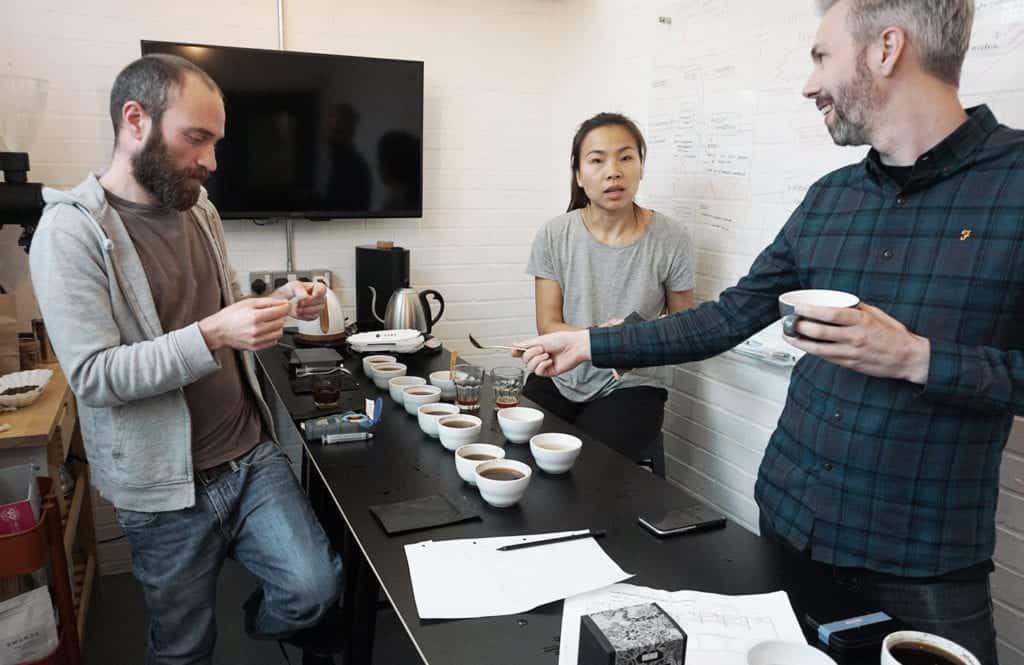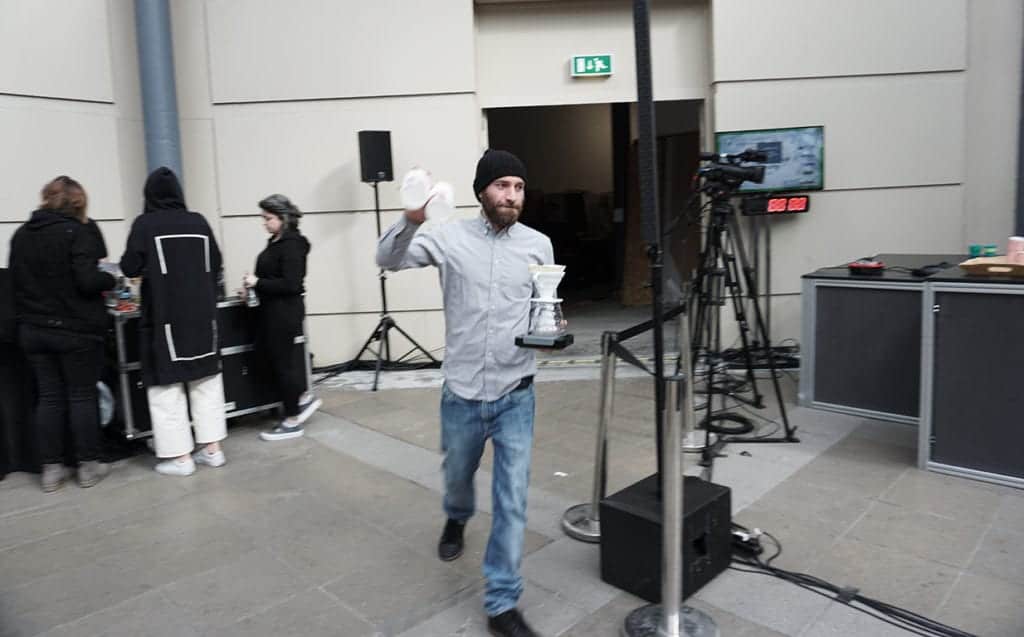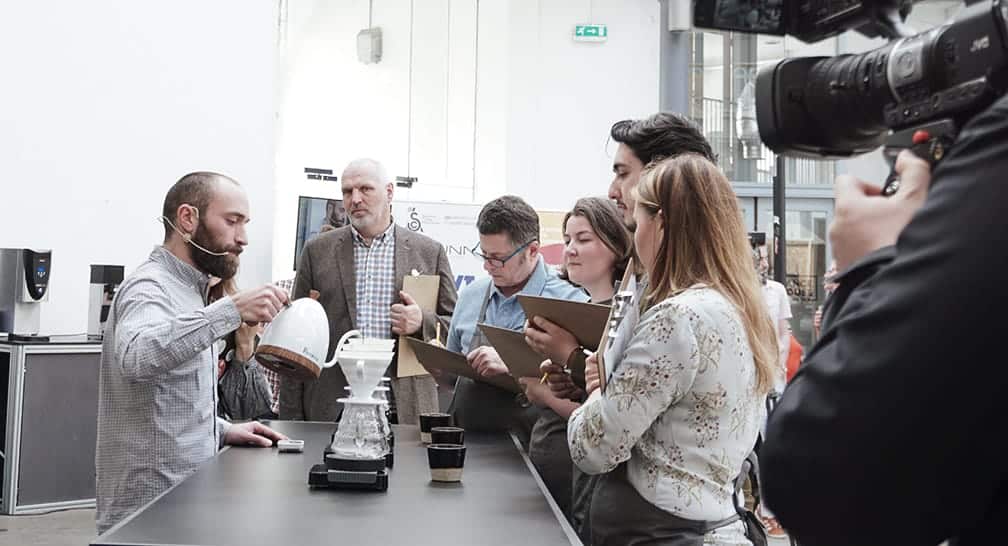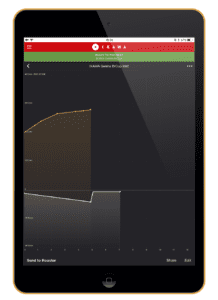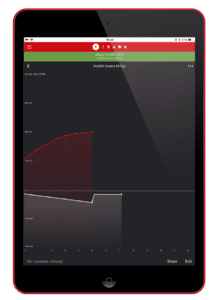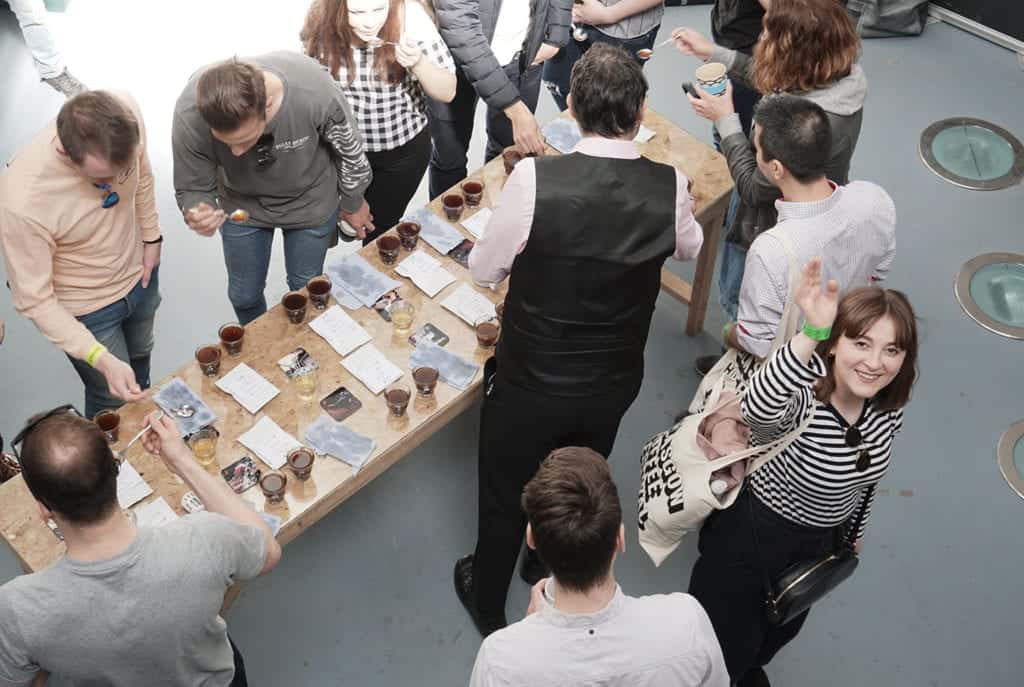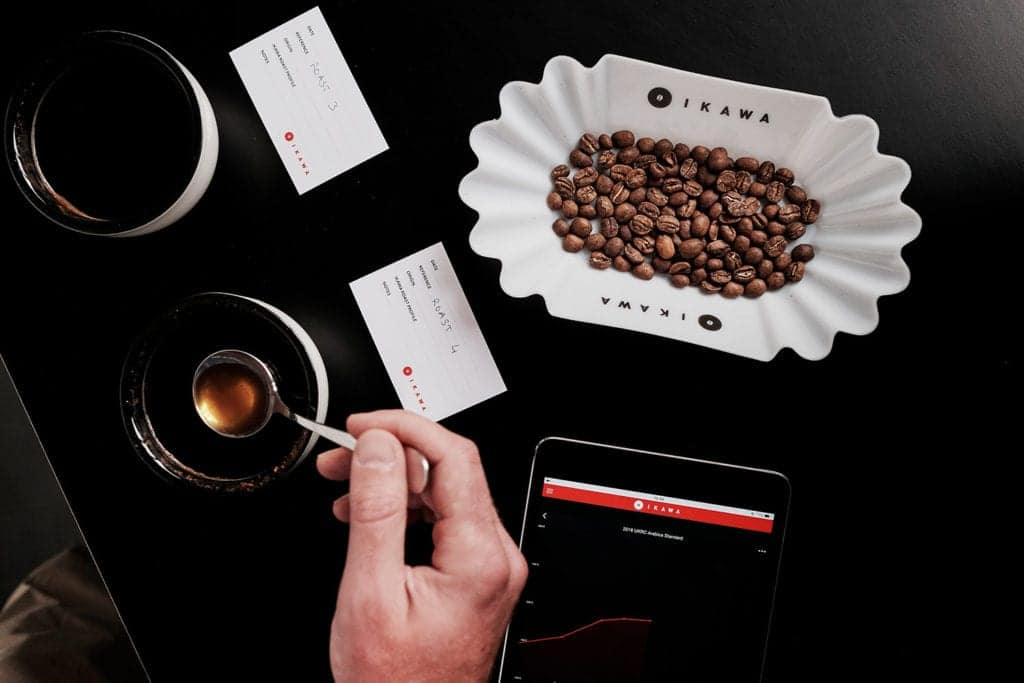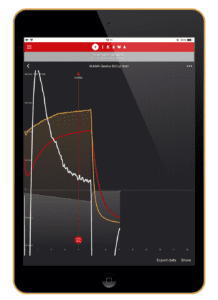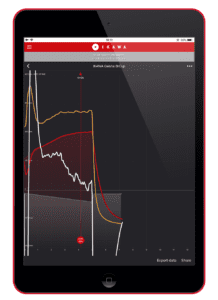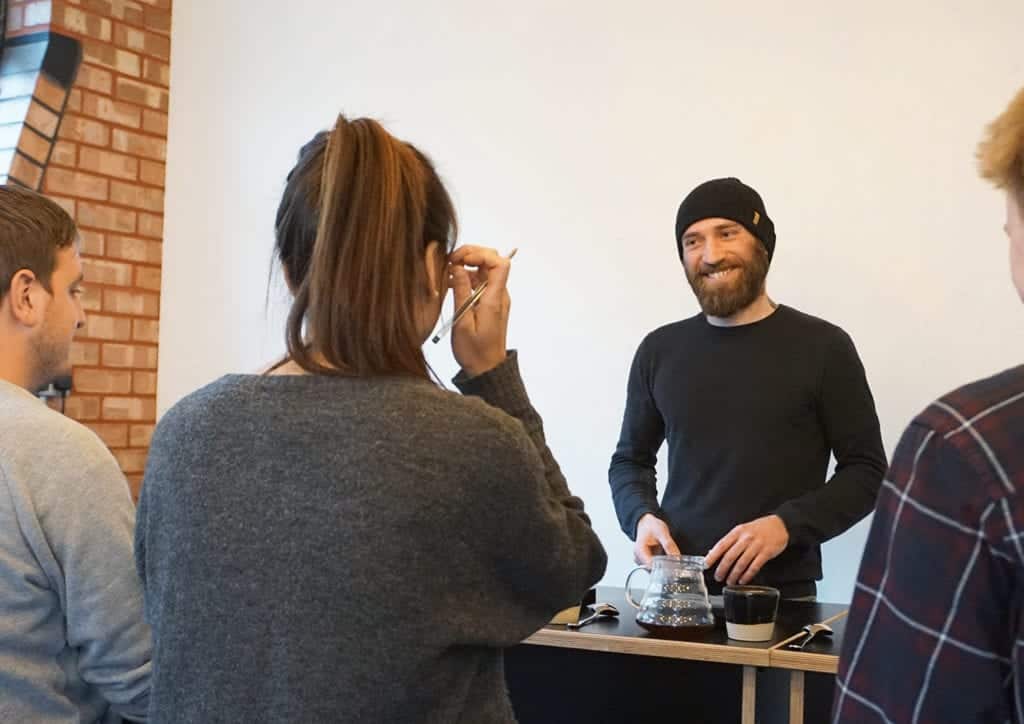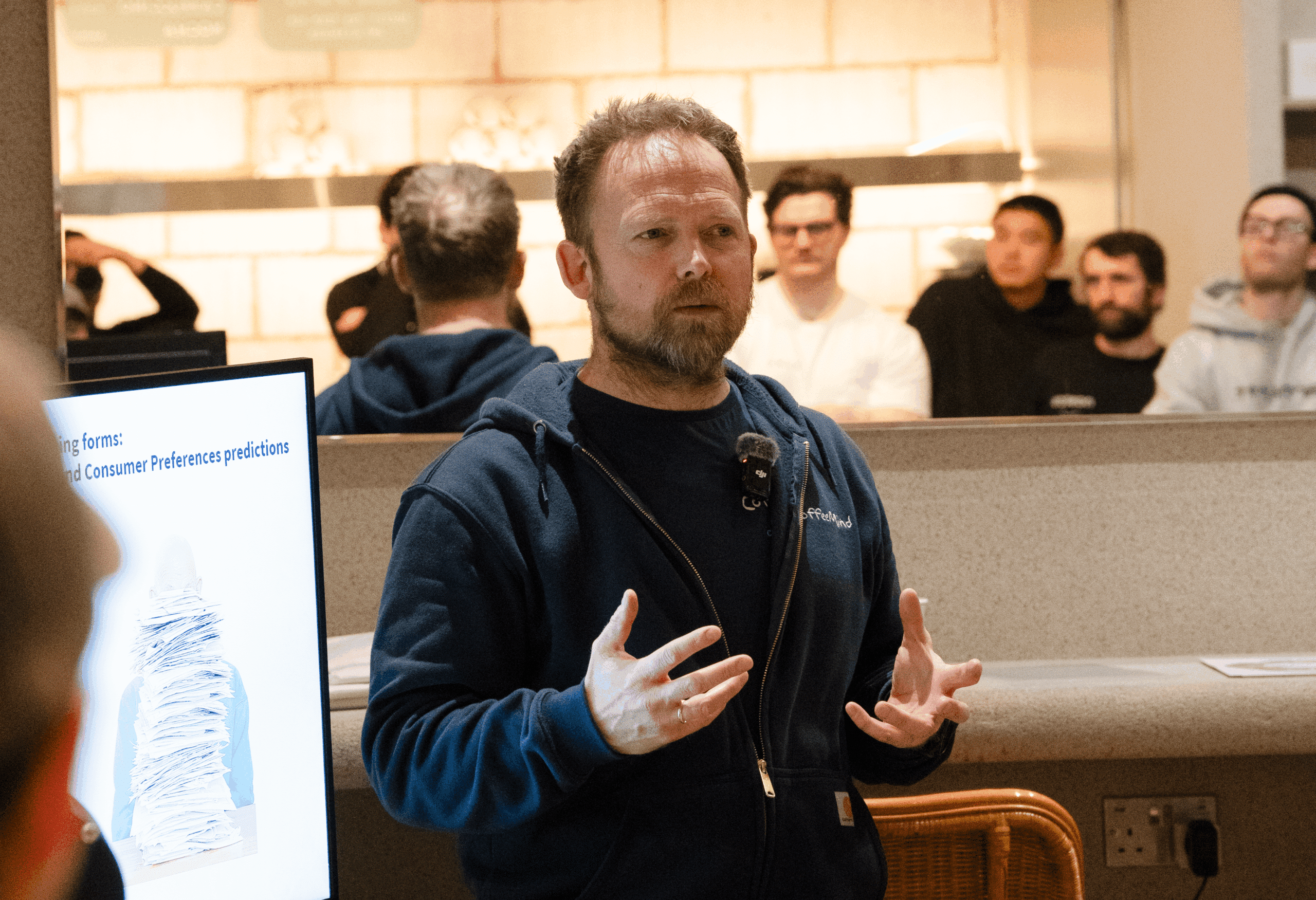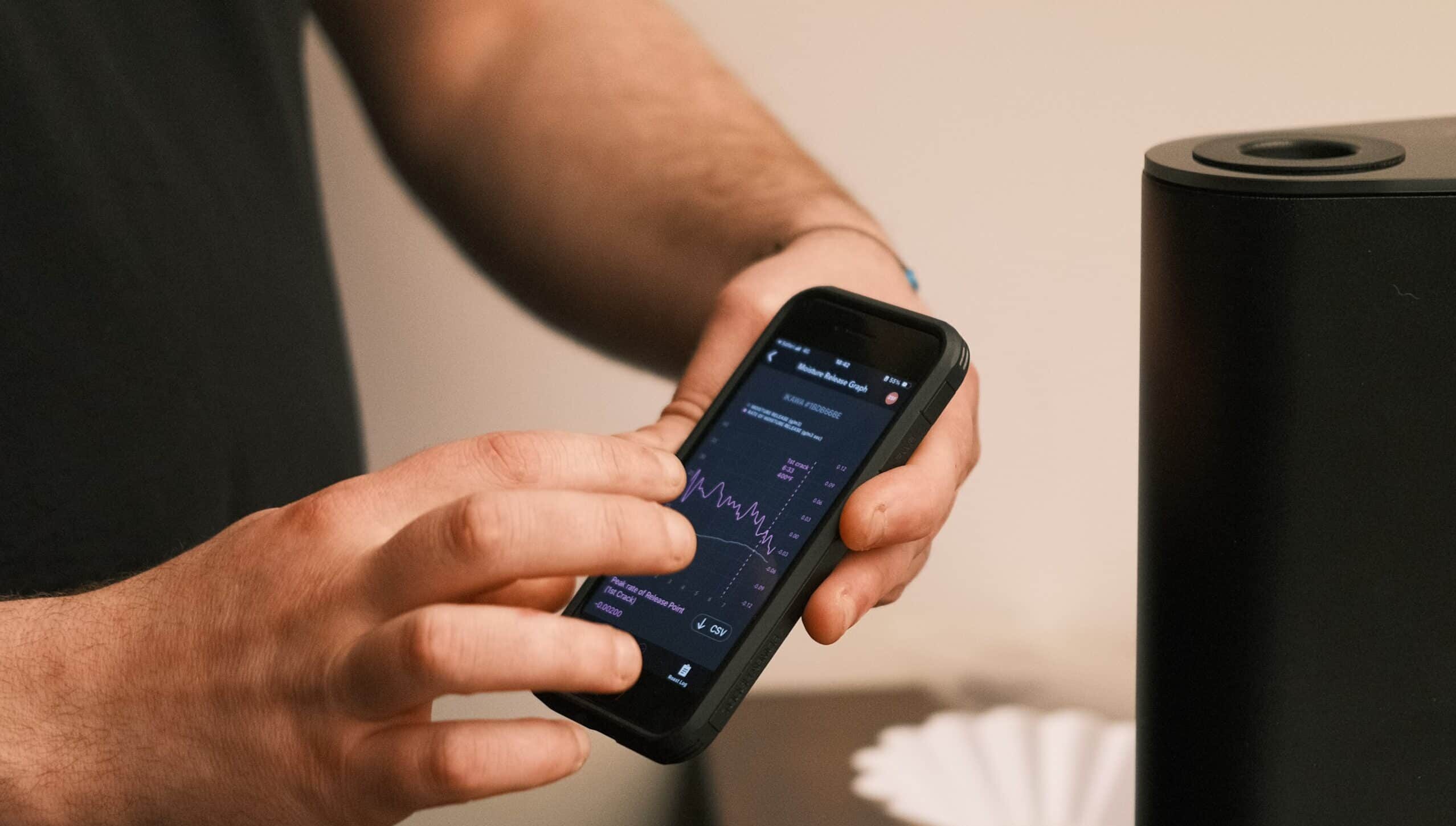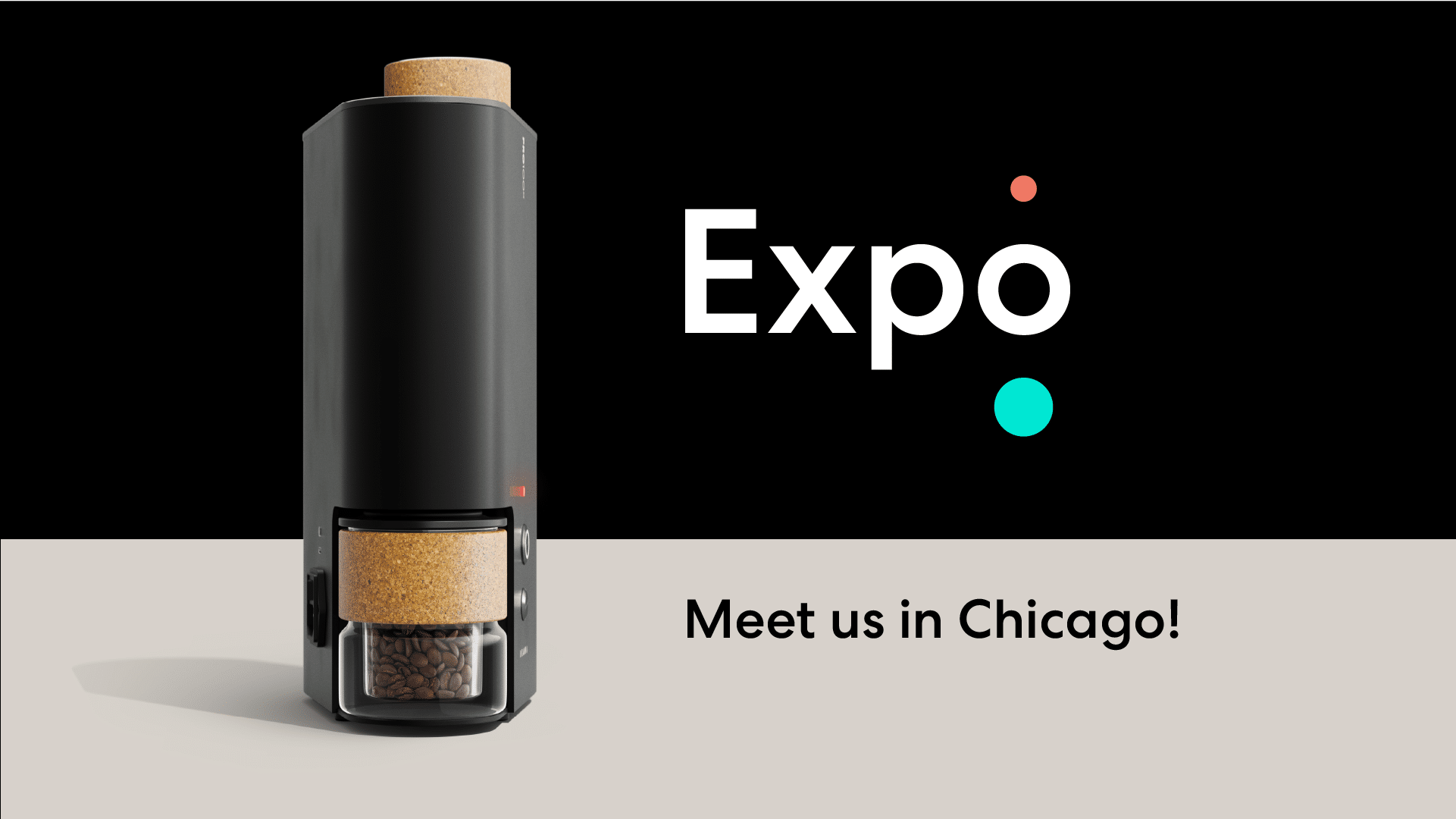Finally, the whole activity of Lorenzo preparing and competing brought the team together. The team at IKAWA is strong for many reasons individually, but our commitment to what we’re doing, and to each other, really make for a dynamic and impressive group.
Below are a few learnings for anyone who is interested in the process, or competing themselves:
1. Practice for compulsory, a lot.
Understand how different brew ratios affect everything on the score sheet: body, flavour, acidity. Understand how to manipulate different types of coffees and different types of roasts.
2. Chose a coffee early, and before planning too much of your presentation.
This was the longest lead time and it was critical to the other elements.
We chose a stunning naturally processed gesha from Finca Auromar in Panama.
Once you have your coffee, and know roughly how it tastes, you can begin to build your presentation around that. For larger concept presentations, this might not be possible, but have a back up coffee. The concept is very important, but the taste of the coffee is more important.
3. Choose a roast profile that is tailored for the score sheet.
This isn’t the time for crowd pleasing. Make it bold, make it loud, and make sure it hits all the boxes on the score sheet. I went through 3 full rounds of iterations on Lorenzo’s coffee to understand the direction to go in with the roast. Once we had the flavour profile that we wanted, I made lots and lots of very small changes to dial that in on a finer level. It was at this time that Andrew, our Founder and CTO, introduced us to the PRO V3.
The PRO V3 was still in beta mode but it was all but finished, and he demonstrated the Inlet Temperature Sensor control using Lorenzo’s coffee, and what had been our choice of roast. By taking the Exhaust Temperature Roast Log, and tracing the new profile over top of the Inlet Temperature graph of that roast, he created an Inlet Temperature Sensor profile. We cupped it out, just for fun, and 3 rounds of cupping in a row it was the top cup on the table. That profile is now one of the 4 that comes with the IKAWA PRO App.
I don’t know exactly why the Inlet Temperature Profile tasted better than the Exhaust Sensor version. I do believe that the Inlet Sensor control gives more control to the user – we saw a big spike in the inlet temperature on the Exhaust Sensor profile, where it was trying to get the temperature back on the line as quickly as possible. We edited the Inlet Temperature Profile to avoid that. It meant the temperature applied was more consistent through the beginning and the turnaround was a little slower. It also changed the shape of the exhaust sensor line slightly. You can see both in the screenshots below.

